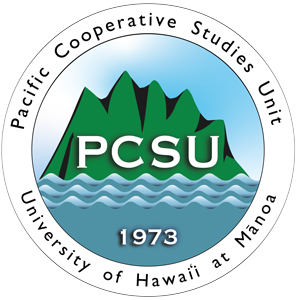It’s a sweet potato bug.
Throughout the late winter and early spring, you may notice an odd-looking bug in your garden. Although a healthy garden will draw many critters (some beneficial, and some not), this one stands out: it’s on the large side at nearly 1 inch long, with noticeably large “thighs”. You’ve spotted a sweet potato bug (Physomerus grossipes)! This is a type of true bug in the Coreidae family, or leaf-footed bugs. Members of the Coreidae have enlarged showy parts on their hind legs – these guys do not skip leg day.
If you’re a sweet potato grower or neighbors with one, then this is probably an unwelcome guest. Generally however, sweet potato bugs are considered a minor agriculture pest and are not dangerous to humans or animals.
Characteristics
- Adults are approximately 1 inch long
- Brown grey mottled color
- Wings fold over each other at the end of the body making a dark colored diamond
- Orange lines along the edge of the body
- Large distinct ‘thighs’
- Like to cluster together in large numbers


Impact
This insect has a piercing mouthpart that is used to suck sap from leaves of their preferred food plants, members of the morning glory family (like sweet potatoes) and legumes. One or two insects won’t harm the plant, but a large number of them will cause leaves to yellow and wilt. Even when under attack by a huge number of sweet potato bugs it’s likely that the plants won’t completely die, but the attack will reduce plant production and leave it susceptible to other insects and diseases. The bugs can often be found resting on other plants, but this does not indicate feeding.

Photo: Alistair Bairos
Treatment
Sweet potato bugs are rather resilient and most insecticides are ineffective on them. The best method for removal is to simply pluck the bugs off the plants and dunk them into a container filled with soapy water. Their clustering habit makes them easy to collect in large numbers. They are docile and can’t bite, sting, or release stink smells, so hand capturing them is non-hazardous and the most effective method to protect your sweet potatoes. While your picking away at the adult insects don’t forget to smash any egg masses you may also come across.

